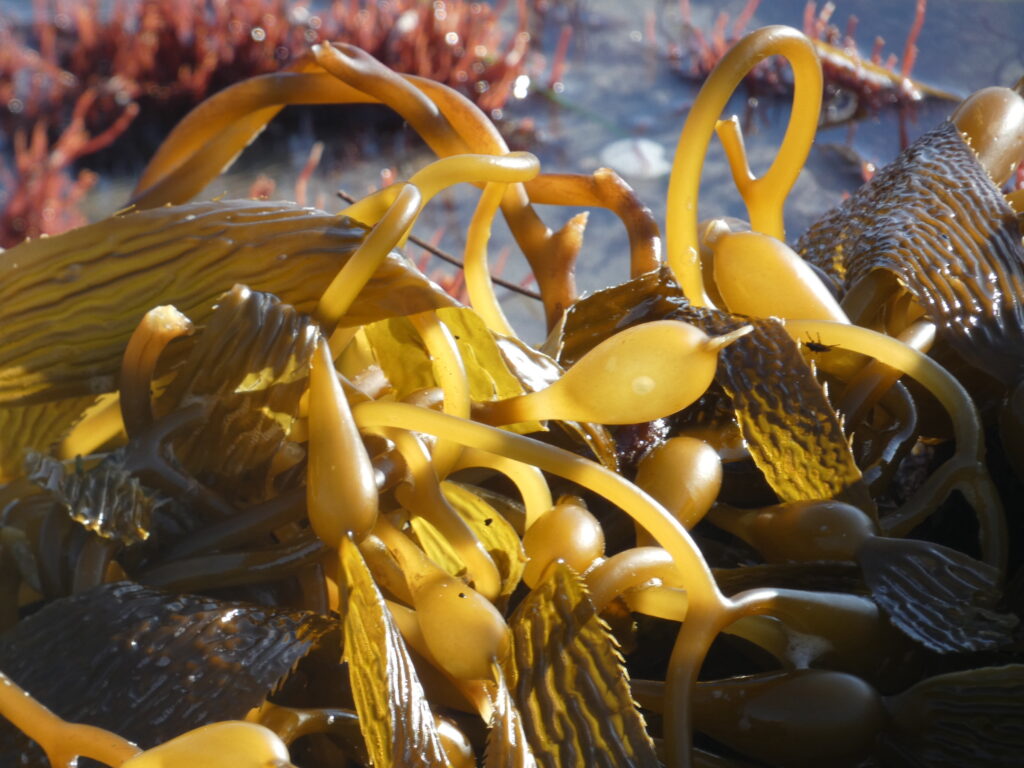There are nearly 800 species of seaweed on the West Coast, and many of them grow right here, on the local coast. We often tend to ignore seaweed, unless we find ourselves tangled in it while swimming, but anyone willing to take a closer look will have no trouble understanding its appeal to collectors: it’s colorful, comes in an astonishing range of shapes and textures, and it can be found along almost any stretch of shoreline.
Here are some of the most frequently encountered local species, all of them colorful enough to delight the heart of any seaweed enthusiast!


















